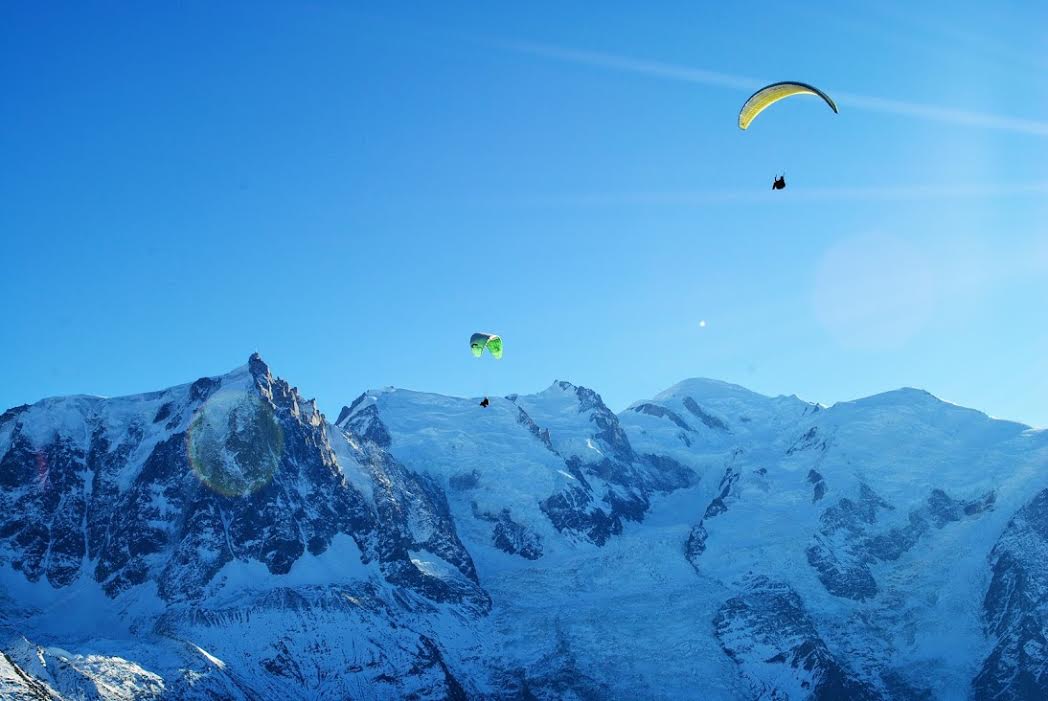
Who does not have anecdotal evidence about the Covid-19 testing failures? It is an immediate Zoom cocktail party conversation starter. This week, we learned hope abounds, or perhaps “rebounds” with the announcement that SalivaDirect’s COVID-19 test received emergency FDA approval. The test, developed in partnership between the NBA and Yale University’s school of public health, has been used in the NBA’s Orlando bubble since mid-July. The NBA and NBA Players Association donated over $500,000 to trial this new COVID test. The test is cheaper ($10 vs $150), less invasive, (spit vs nasal proctology) and faster (30 minutes vs my 13 day wait). According to FORBES MAGAZINE, “what makes this test unique is that you don’t have to take an extra step to separate the genetic material or nucleic acid from the sample. Therefore, to perform the test, labs don’t need special nucleic acid extraction kits, which have been, surprise, surprise, in short supply during the pandemic.”

Hailed as a game-changer, Nathan Grubaugh, an Assistant Professor at the Yale School of Public Health, remarked to Fierce Biotech “if cheap alternatives like SalivaDirect can be implemented across the country, we may finally get a handle on this pandemic, even before a vaccine.” https://www.fiercebiotech.com/medtech/fda-green-lights-game-changing-covid-19-saliva-test-used-by-nba

This breakthrough is even more remarkable because neither Yale, nor the NBA intend to profit from the protocol. Imagine a $500,000 investment and the ROI could be safer in-school learning, and greater peace of mind for teachers, parents, and students. Or a lifeline for small businesses trying to navigate their retail shops or restaurants through these unchartered waters. Or more reassurance for healthcare workers and essential workers bracing for the dreaded next wave.

During the pandemic, while MLB bickered over money, the NBA took this extraordinary step to protect its players, its staff and now, perhaps the rest of the country. Adam Silver and NBA players, we are profoundly grateful for your leadership and investment. Yale scientists, we are humbled by your brilliance and munificence. Thank you. Give everyone a star and a cookie.









































